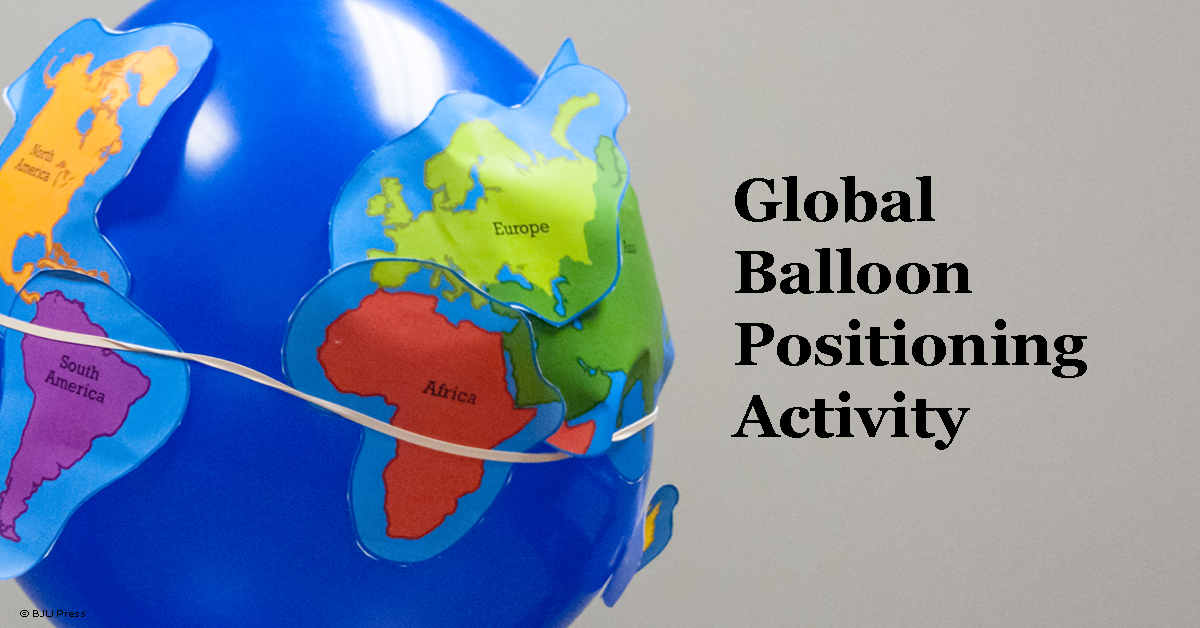The Lord has gifted my first two daughters very differently. My six-year-old enjoys quiet, motionless activities such as reading. Even before she could read, we would find her curled up with a picture book, soaking in the illustrations. Our second daughter is always in motion. Even when she colors, she bounces in her seat. She seems to learn best when she is moving. She is four now, and we’re still working on letter and shape recognition. In a standard learning environment with pencil and paper quizzes and tests, she probably wouldn’t get good scores. For example, if my daughter was in second grade and had to sit still long enough to label a map, she probably wouldn’t do well—not because she isn’t capable, but because she learns best through activity.
More Than Pencil and Paper
The good thing is that away from public schools and high-stakes testing, there’s more freedom to adapt the learning to the child. Activity-based learners, like my four-year-old, can engage in hands-on projects to master what’s being taught. After reading together, we can playact a story to improve reading comprehension. Our driveway can become the “paper” and sidewalk chalk the “pencil” when we practice writing our names.
Such activities can not only aid in teaching but can also help us measure or grade our children’s progress. Some children adeptly learn new material but aren’t skilled at filling out those bubble sheets or regurgitating a set of facts on paper. We can use an activity-based project to gauge our child’s progress even in a subject such as geography, where mastery is often measured by labeling a blank map with a memorized list of places.

Global Balloon Positioning
As a dad, I want my daughter to show us what she’s learned. I can’t imagine her (even two or three years from now) sitting her active little body down with a black-and-white image of the world and labeling the continents. But what if she could show her knowledge of the continents with scissors, tape, a balloon, and a rubber band? The BJU Press Heritage Studies 2 Teacher’s Edition includes this learning exercise. By completing the activity my child could demonstrate her understanding of the poles, the equator, and the relative location of the continents. I know my four-year-old would love and excel at this activity. While she was having a great time with her scissors and tape, we could “grade” her progress in developing map skills. It’s a win-win.
Memorize, Draw, Label, Repeat
It’s easiest to teach and grade with pencil and paper. It makes teaching and grading “standard.” But God uniquely formed each of us in our mother’s wombs. So we look different, we have different abilities, and we learn differently.
While some children excel when you have them memorize a map, draw a map, label a map, and repeat; other children do well when they’re moving. Others learn best when they can listen and then talk through the concept. It’s a blessing that we can individualize the learning for the children God has blessed us with.